Do you know what types of birds might be found in your garden? There are, in fact, more than you may think.
British gardens are home to many birds such as tits, starlings and robins, even though you may not be used to seeing them very often. People go to great lengths and often try to attract birds of all types using a bird feeder or bath, but will only ever see pigeons or tree sparrows. However, there are also many other interesting feathered friends that UK residents may not see every day.
This article will outline the most commonly seen UK birds as well as those more scarce and uncommon so you can enjoy them all. In no particular order, we’ll discuss everything about British garden birds – from their appearance to how they interact with humans.
Robin

The robin red breast can often be spotted sat on your garden fence or hopping from branch to branch, looking for worms and other food sources. In Spring and Autumn, the male British robin is a beautiful red-breasted bird, while the female robin is a less vibrant brown.
Robins are known to sing in late afternoons, which helps to keep gardeners company. The male Robin’s song sounds like ‘cheer up’. This common garden bird has a wide distribution across Britain and Europe, and its population continues to grow.
Magpie
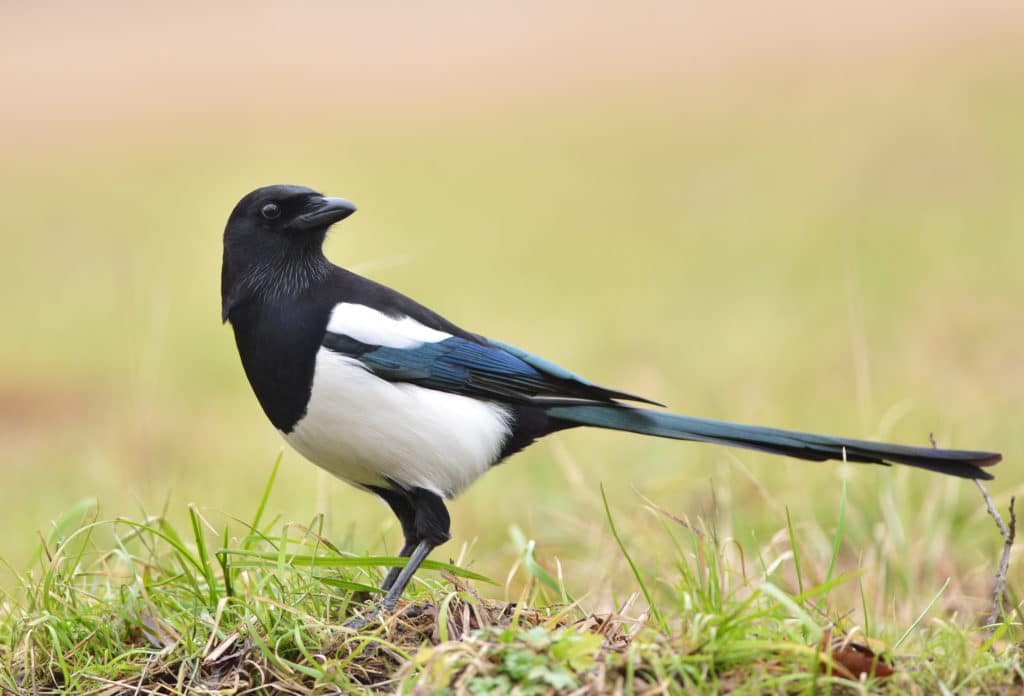
Magpies sometimes bravely attempt to steal shiny or brightly coloured objects such as jewellery from passers-by in parks. The black and white bird can make an unmistakable cackling noise when communicating with their own kind. Also called the pied crow, this common British bird is widespread throughout the UK and can be found in urban and rural areas.
Magpies are characteristically known for being very intelligent creatures that have great memories but are also known to be very curious. The British magpie has sometimes been seen nesting in urban backyards. They may scavenge food waste, rotting fruit and other leftovers.
House Sparrow
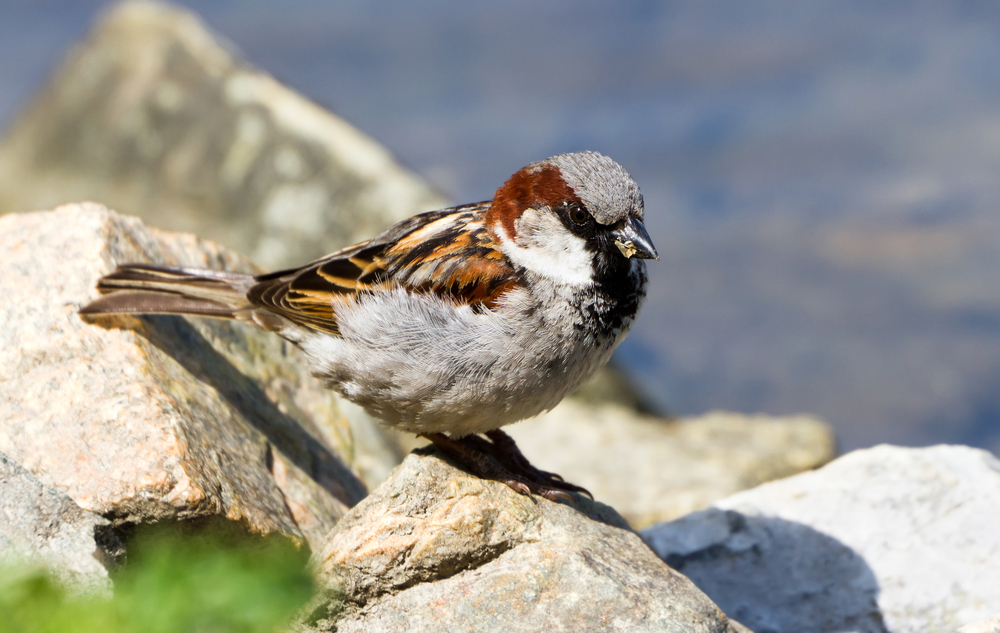
Colloquially known as a ‘Sparrow’, it is one of the most common bird species in the world, with around 280 million worldwide. In the UK, there are believed to be approximately 20 million of these small British birds. With a tendency to crowd together, sparrows can often be seen nesting in groups on trees and buildings.
Sparrows are known to be very brave creatures and will defend themselves by flying aggressively at passers-by if they get too close. Extremely common UK birds that feed on seeds and fruits, the house sparrow will often be seen on a bird table or eating from garden bird feeders that hang from tree branches during winter months.
Starling
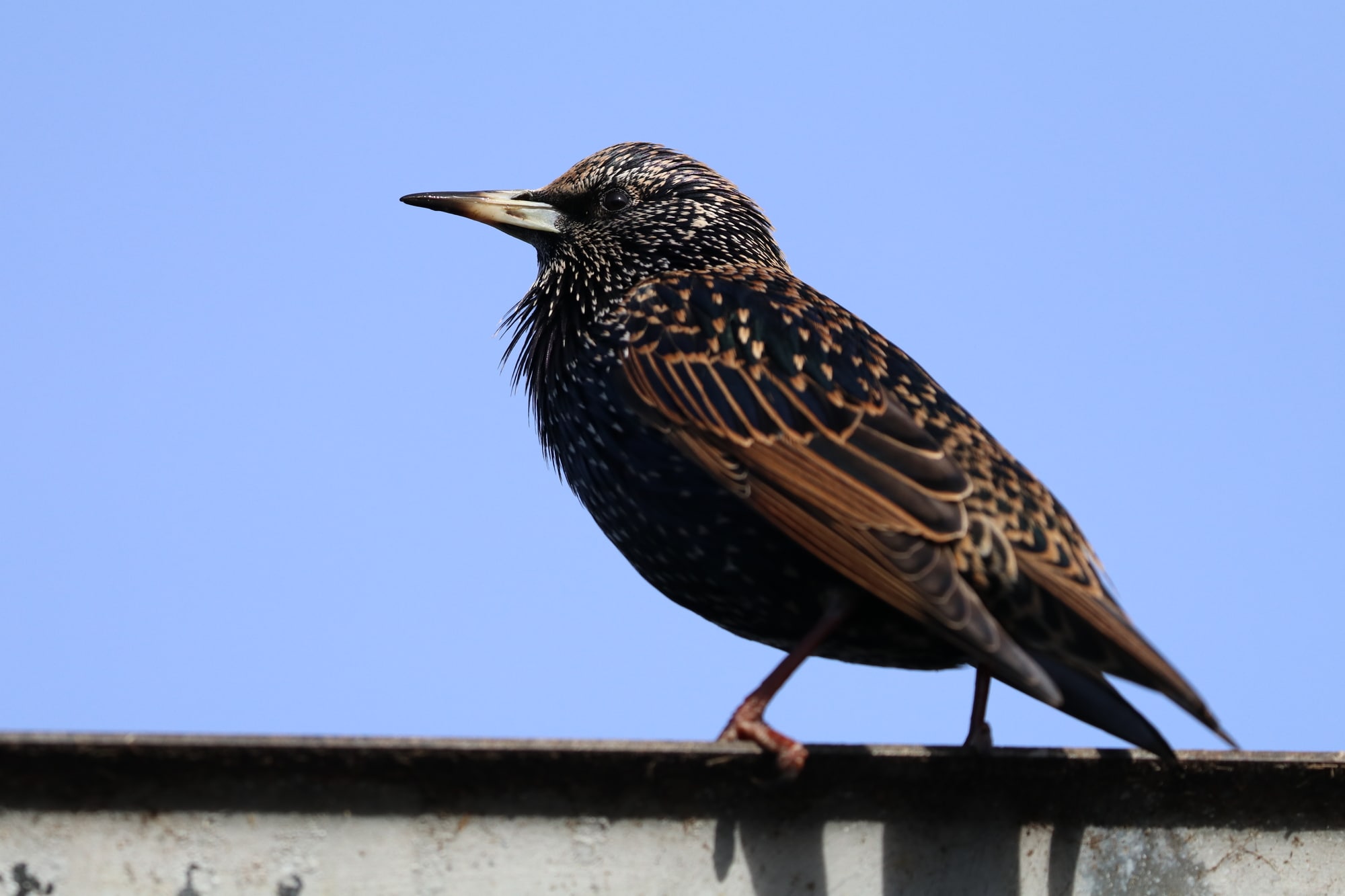
The starling is a chunky British bird almost resembling a blackbird with its chestnut brown body and yellow beak. They are very common all over Britain and can be found in parks and gardens as well as woodlands, moorlands and coastal areas. Starlings are omnivorous, which means that they can eat both plants and animals. It will eat anything from worms to smaller birds, but prefer insects, fruit snacks, bread crumbs and bread crusts, among other things.
It will happily nest in your roof, live off the food provided by bird tables and will even use your garden as a convenient place to relieve itself. But what we forget is that it’s an extremely interesting bird and probably one of the most successful species on this planet.
Wood Pigeon
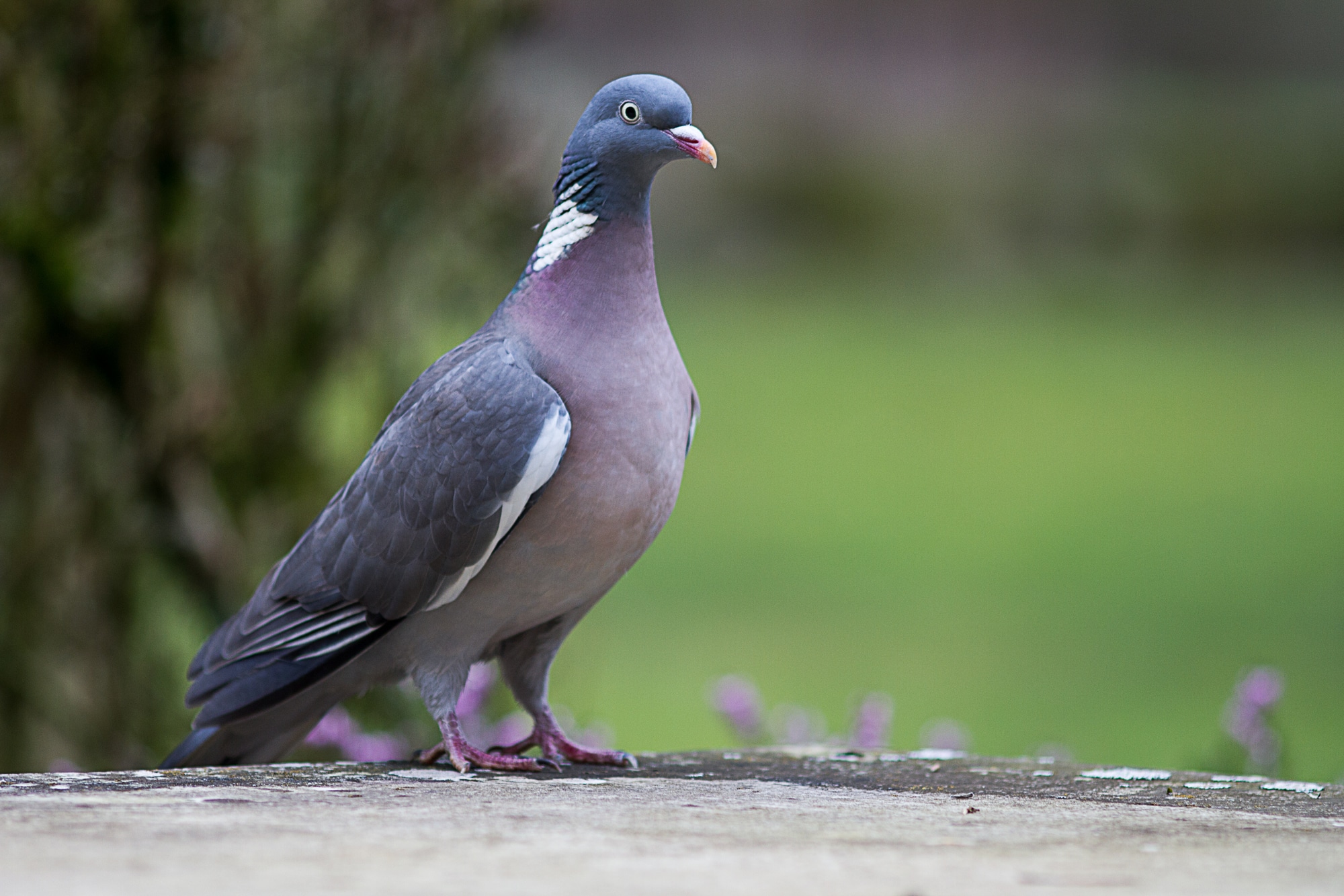
The wood pigeon is one of the most common garden birds and can be seen flying across the British landscape on a daily basis. The grey plumage and distinct white neck patch make it easy to identify compared to other birds. It can usually be spotted in trees and fields as it uses its long pointed beak to eat seeds from nearby crops.
Wood pigeons are territorial birds that generally co-exist with humans for as long as food is available nearby. British wood pigeons are very smart, being able to recognise people from a distance by the pitch of their voices. They are often seen on bird feeders or scavenging rubbish bins for food scraps and rotting fruit.
Blackbird

Blackbirds are often found in backyards throughout the UK, feeding on seeds and berries. These common British garden birds are very active and is widespread in parks too. Blackbirds are characteristically known for their loud territorial crowing sounds.
British blackbirds are often seen feeding on left-out bird food, rotting fruit, seeds and berries. They are also known to be very aggressive, defending themselves by flying aggressively at people if they come too close. The male blackbird is distinctively different from the female (which is dark brown) with its glossy black plumage and striking yellow bill, which is usually much longer than its body size.
Great Tit
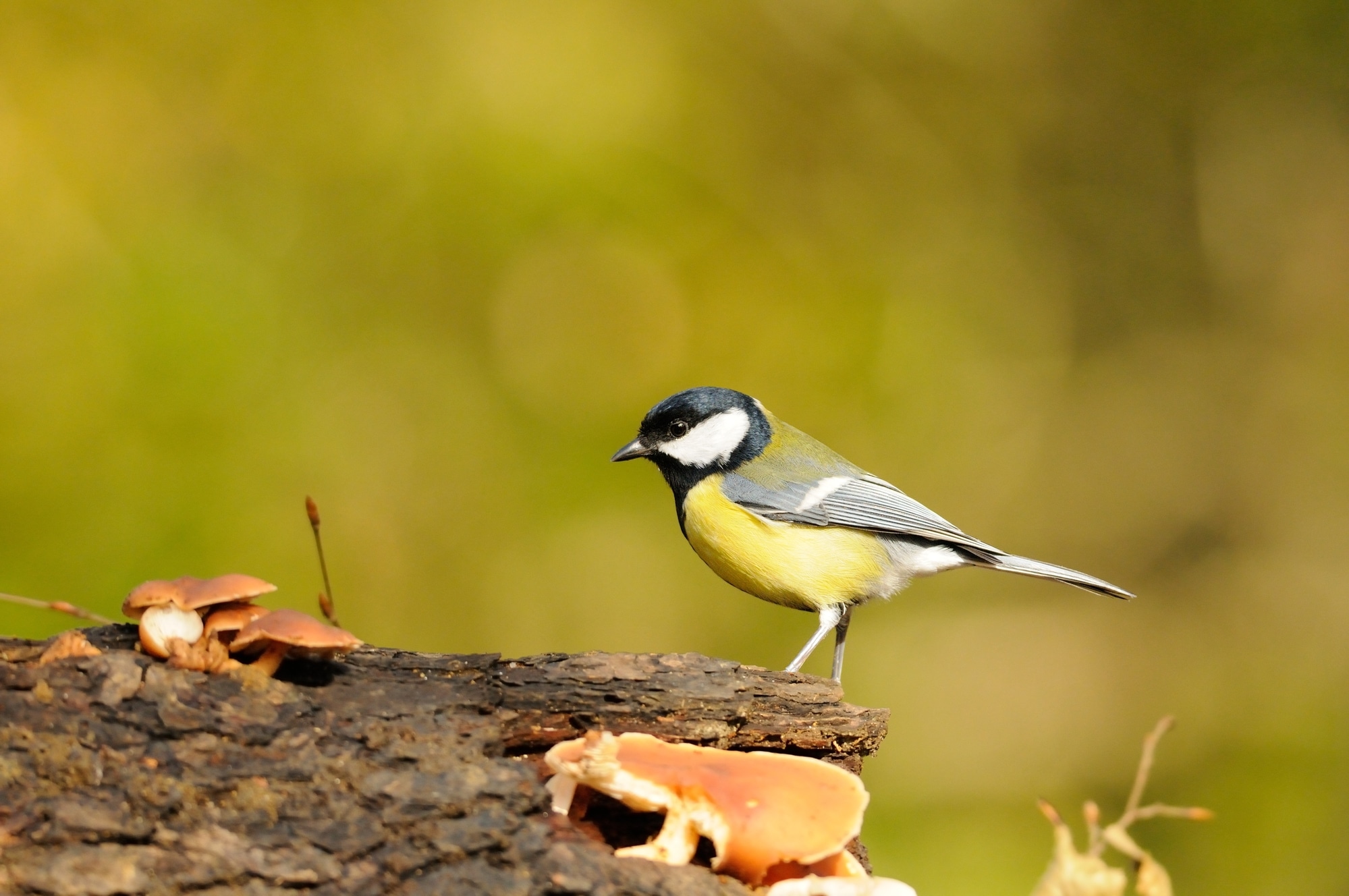
The great tit is a small bird that is found throughout the UK and Europe in woodland and nature-friendly garden areas. It has a distinct black head and white cheeks and is a smaller version of its close relative, the blue tit. It also has a black stripe running down its breast.
The great tit is one of the most popular of all the small British birds, but it’s also one of the most aggressive. It’s sometimes seen fighting with other tits in territorial disputes over food sources or nesting areas.
Great tits make their nests in natural cavities such as under eaves, hollow trees, fine holes in tree trunks or windows. They feed their young insects for the first four to five days after hatching before switching to a diet of caterpillars, seeds, fruits and berries.
Blue Tit
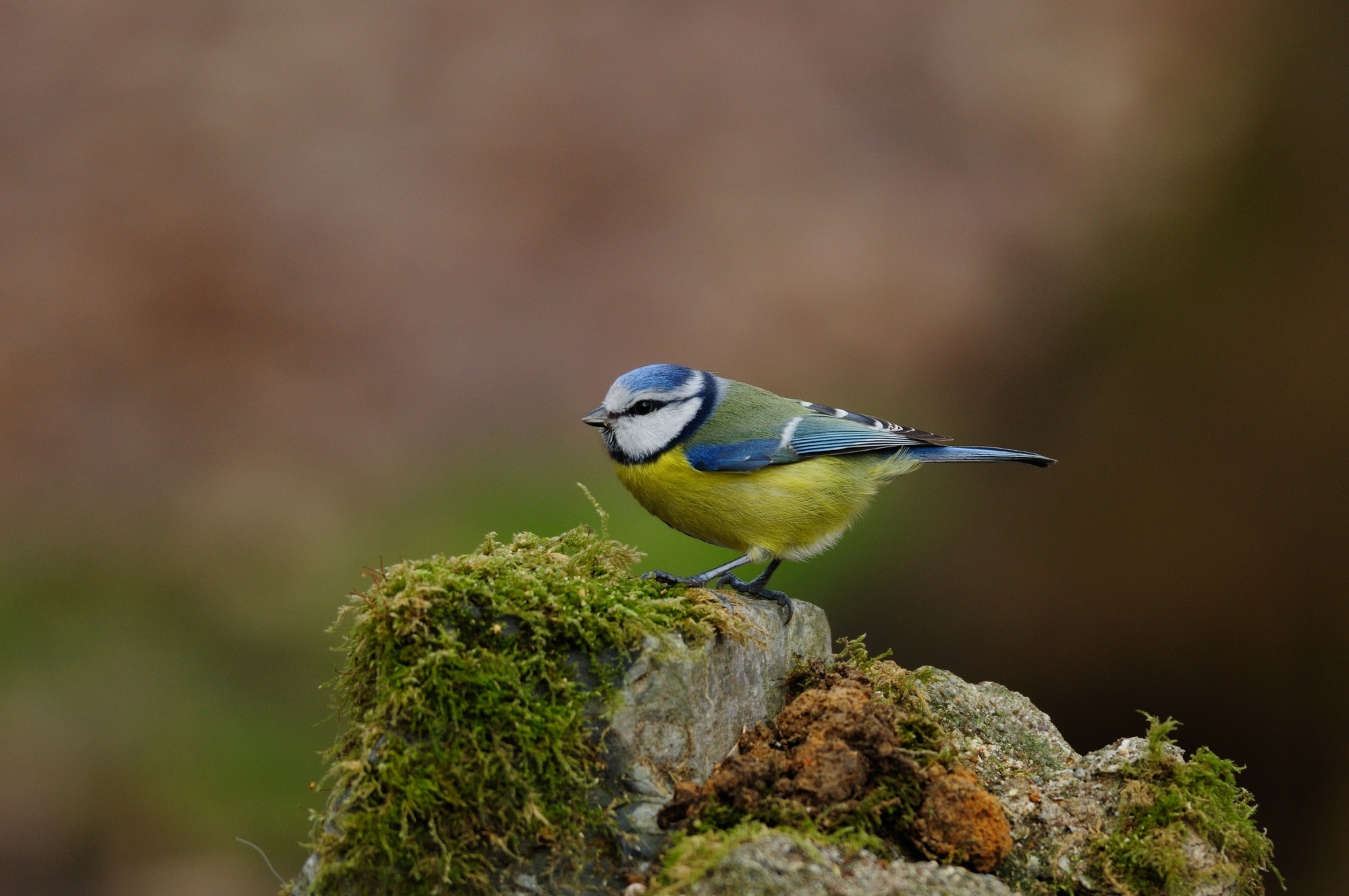
Blue tits are very common British birds that generally share the same habitat as the great tit. However, it is slightly smaller than its relative. The male blue tit has a stunning blue cap, blue plumage, yellow belly, and blue beak. The female blue tit has brown plumage with white shading around her belly area.
Blue tits eat insects and survive by eating flies and caterpillars. They also love small seeds like sunflower seeds and nuts like walnuts too.
Long Tailed Tit

The long tailed tit is sometimes mistaken for being a juvenile blue tit because of its similar size and shape. However, in reality, the bird hardly looks like a blue tit because of its white head with black stripe, white cheek patches, grey back, and pale pink below. Also, long-tailed tits can be distinguished from their close relative by their much longer tail feathers which are about two times longer than the rest of their body length.
The long tailed tit can be found in woodland or coniferous forests throughout Britain. These British small birds can be found everywhere across the UK and like to eat insects such as flies and spiders, amongst other things.
Collared Dove

Collared doves are common British garden birds that are found all over the UK during summer. They are small but have a very distinctive long tail which will sometimes be seen sticking out of the nest box.
Doves are also known for their notorious habit of begging for food, which can sometimes be part of an elaborate mating ritual. Collared doves are opportunistic omnivores who generally spend their time hovering or feeding on insects in gardens and parks. Collared doves will also feed on flower nectar but may also visit bird feeders, or eat sunflower hearts and nuts like walnuts.
Goldfinch

The British goldfinch is rather small, perhaps slightly smaller than the chaffinch. It is recognisable by its bright yellow wing patch, and orange and black plumage. It is seen in most of the British Isles, although it is uncommon in Scotland and Northern Ireland. It visits UK gardens to feed on the seeds of various plants, including bird-foot trefoil (Lotus corniculatus) and thistle (Cirsium).
They also eat wheat, barley and other cultivated grain crops. To crack open the hard outer casing of the seeds, they hammer them against stones or barbed-wire fences using their beak; this practice is called “thistle feeding”.
Greenfinch
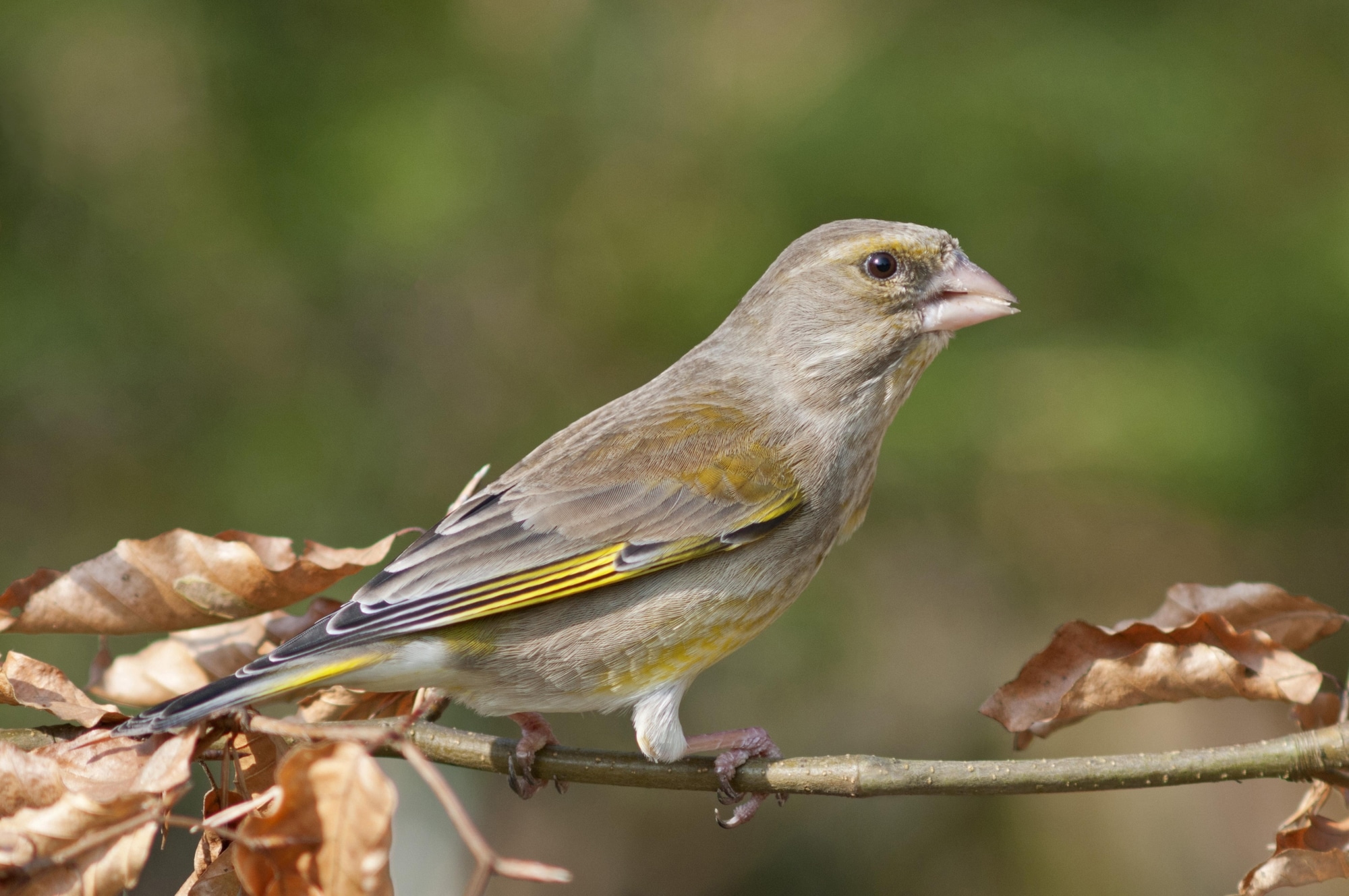
European greenfinches are tiny, bright green birds with bills that are pale yellow and their legs are white. They are common visitors to gardens, although they do not breed there. It is a common resident breeder throughout Europe with a habitat preference of meadows, grasslands and gardens.
It eats insects, seeds and berries and like the chaffinch, they favour small seeds of different sorts. They can be easily distinguished from chaffinches by their shorter tails, deeper bills and streaky sides to their face. Greenfinches often feed on sunflower seeds making them popular UK birds during summer where many types of sunflowers can be planted in gardens etc.
Bullfinch

The common bullfinch can be identified by its bright pink breast, black head and black tail. It also has white wing stripes and a grey back. Bullfinch can be seen throughout England, Wales, Ireland, Scotland and parts of Europe. Throughout the summer, they eat insects such as caterpillars, ants, aphids and other small insects, which they peck at with their beaks.
They typically make nests made out of twigs in trees or shrubs or sometimes in fences. The bullfinch prefers to nest close to the ground because it is less likely to be spotted by predators that could attack its eggs or young.
Wren
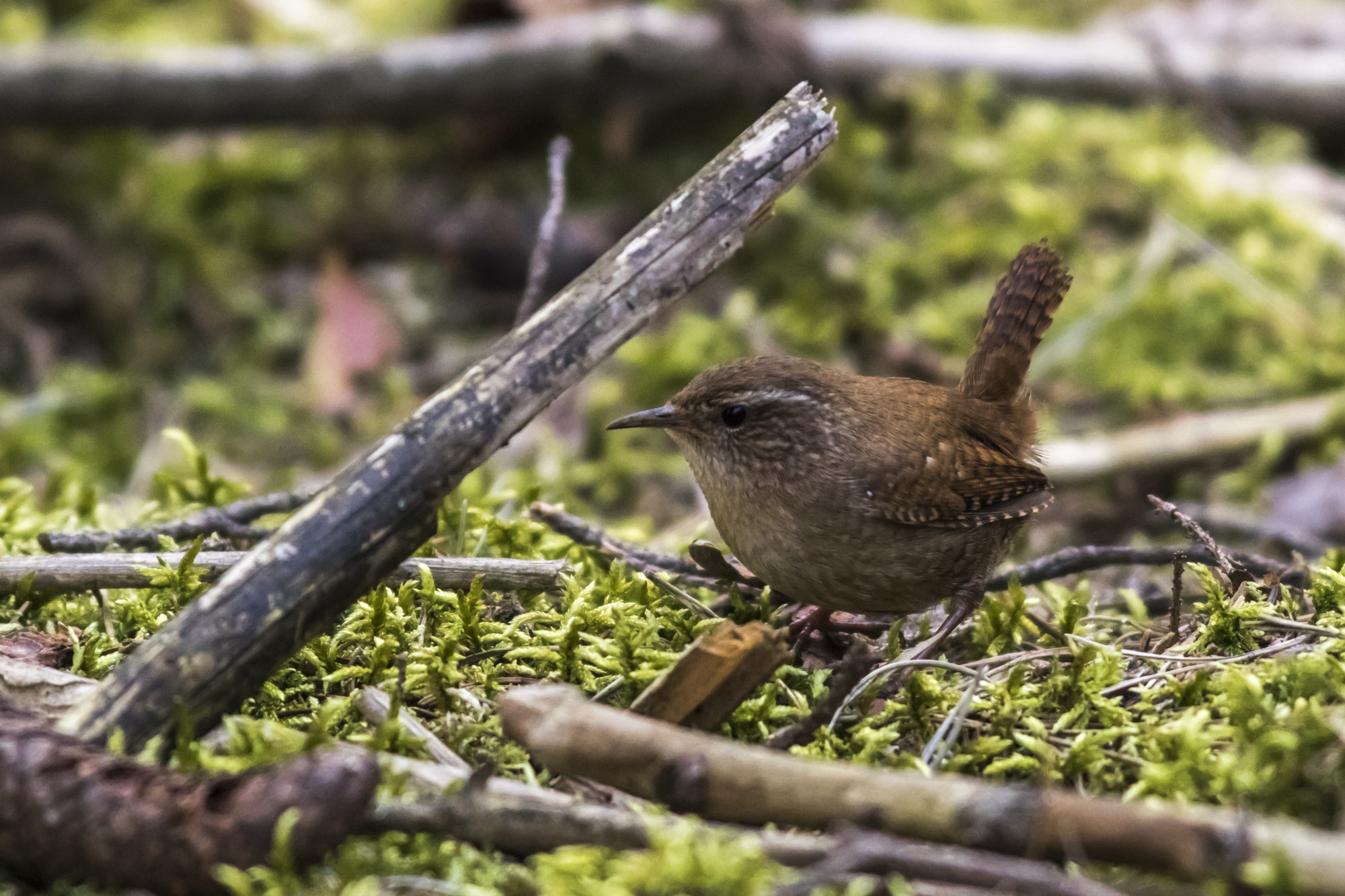
The UK wren is among our smallest birds. There are fourteen species of wren in the British Isles, all of them very hard to see well. They tend to stay hidden in dense vegetation and dart away at any disturbance, but they can be lured into view quite easily given the right conditions. These birds are so difficult to see because they spend most of their time on the ground searching for insects, seeds, and spiders; only rarely do you come across one perching on a branch or bush. Of the fourteen species, the only one that is regularly seen is the willow wren. This tiny bird has a stocky build, with a short bill and dark eyes.
The wren has been known for nest building almost anywhere from tree trunks, stumps and rocks to burrows under buildings or in fissures in walls. A few will nest in a wildlife-friendly garden providing you have a suitable spot for them to do so.
Carrion Crow
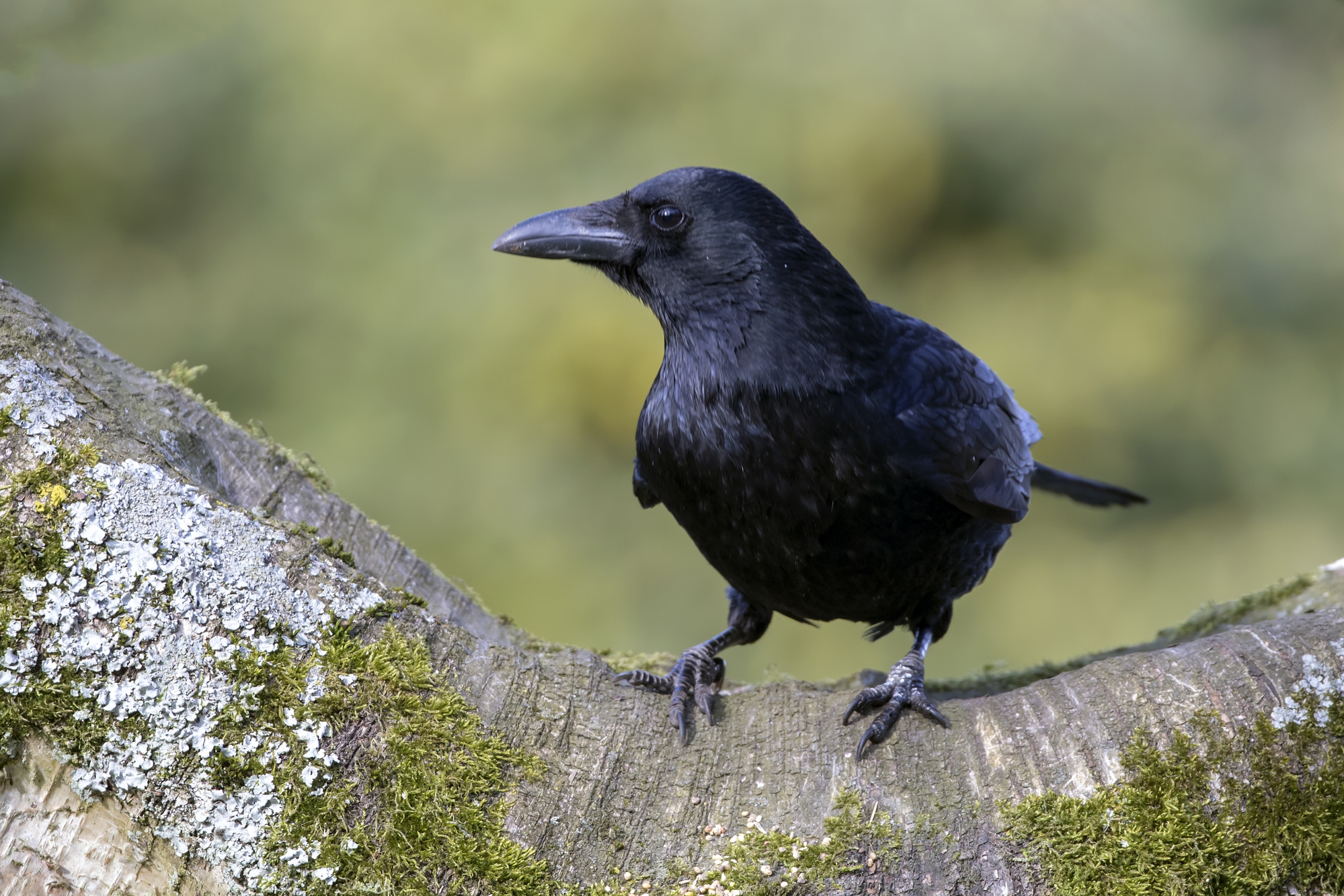
Carrion crows are a large, all-black passerine bird of the Corvidae family. It has a heavy bill and shiny black plumage. It measures approximately 60–65 cm in length with glossy black feathers all over its body except for the tail, bill and legs, which in some species are grey/blue in colour. The head of this crow is characteristically bulky, with a thick neck surrounding it which gives this bird its distinctive pear-shaped profile when viewed from above.
They have strong feet, their beaks are quite large (although not enormous like that of their close relatives, the jackdaw), and they can appear very threatening when in flight or when in numbers at roosting sites.
Carrion crows are solitary in nature, except for where they are raising young. They tend to be found in open country, on farmland, along the coast and around villages.
Jackdaw

The jackdaw is one of the most intelligent of all the UK garden birds and one of few who can recognise its reflection in a mirror. A group of these birds is called a ‘murder’, probably because they are known to steal eggs or baby chicks from smaller birds nests. They won’t hesitate to attack and kill other wild birds and are even known to attack cats and dogs.
The jackdaw’s main call is raucous and resembles the sound of a green woodpecker but louder. Their song consists of soft staccato notes that rapidly increase in speed when the bird starts singing. Both sexes have a lower-pitched harsh note. The jackdaw has many different colour varieties. Most are greyish-black, but there are some black, white, brown and dark grey birds, who are called ‘melanistic’. The grey type is most widespread in the UK.
Jay
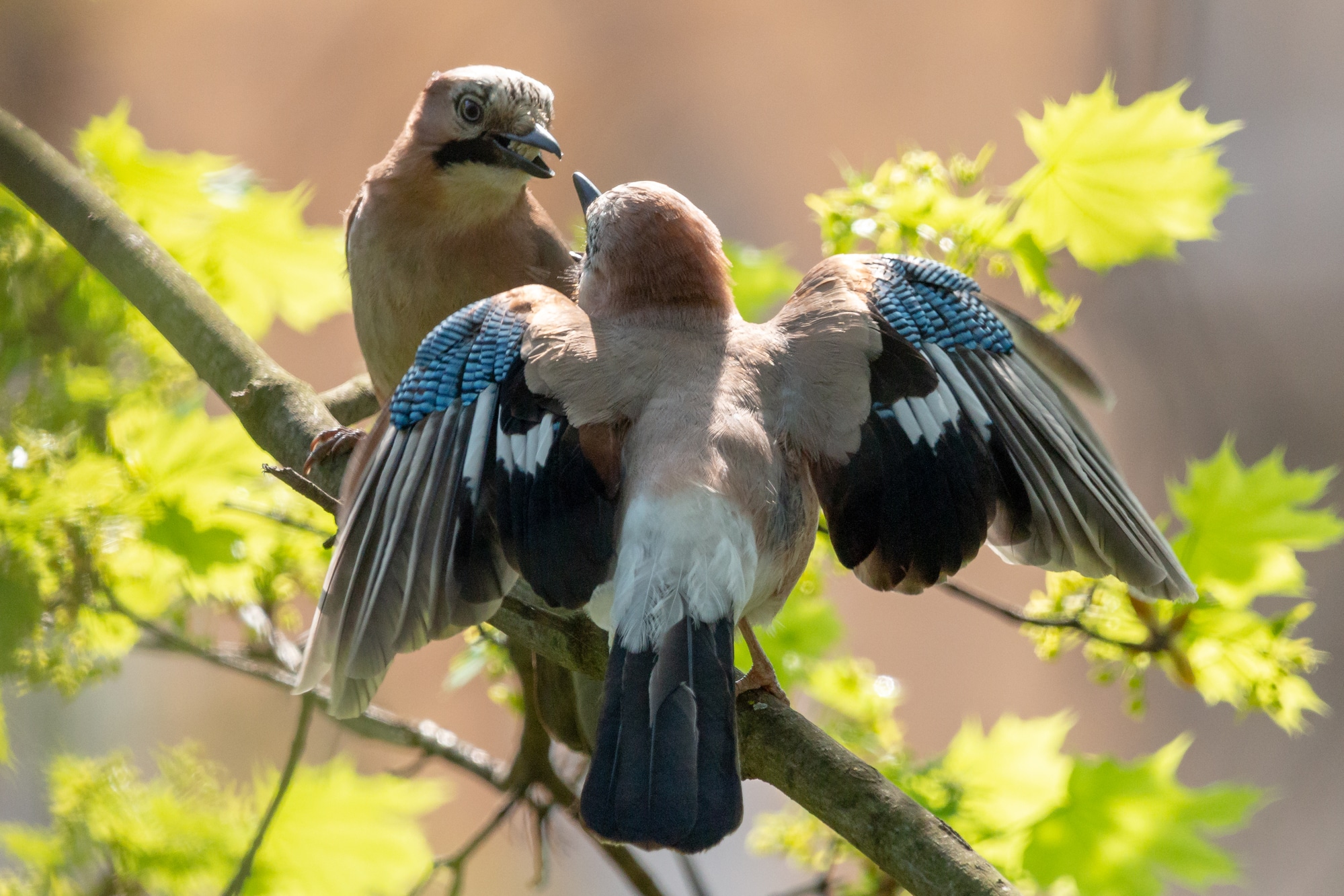
The Eurasian jay is a largely resident bird in the British Isles and is a colourful member of the crow family. The grey-blue bird’s name is taken from its harsh call. It has a black crest and white cheeks and has blue upper parts, a white-tipped tail, and blue wings.
Shy and secretive, they can often be seen perched atop a bush or tree, watching for insects and other small creatures to prey upon. Usually found in pairs, but will roost with other bird species such as starlings and jackdaws in winter roosts.
Dunnock
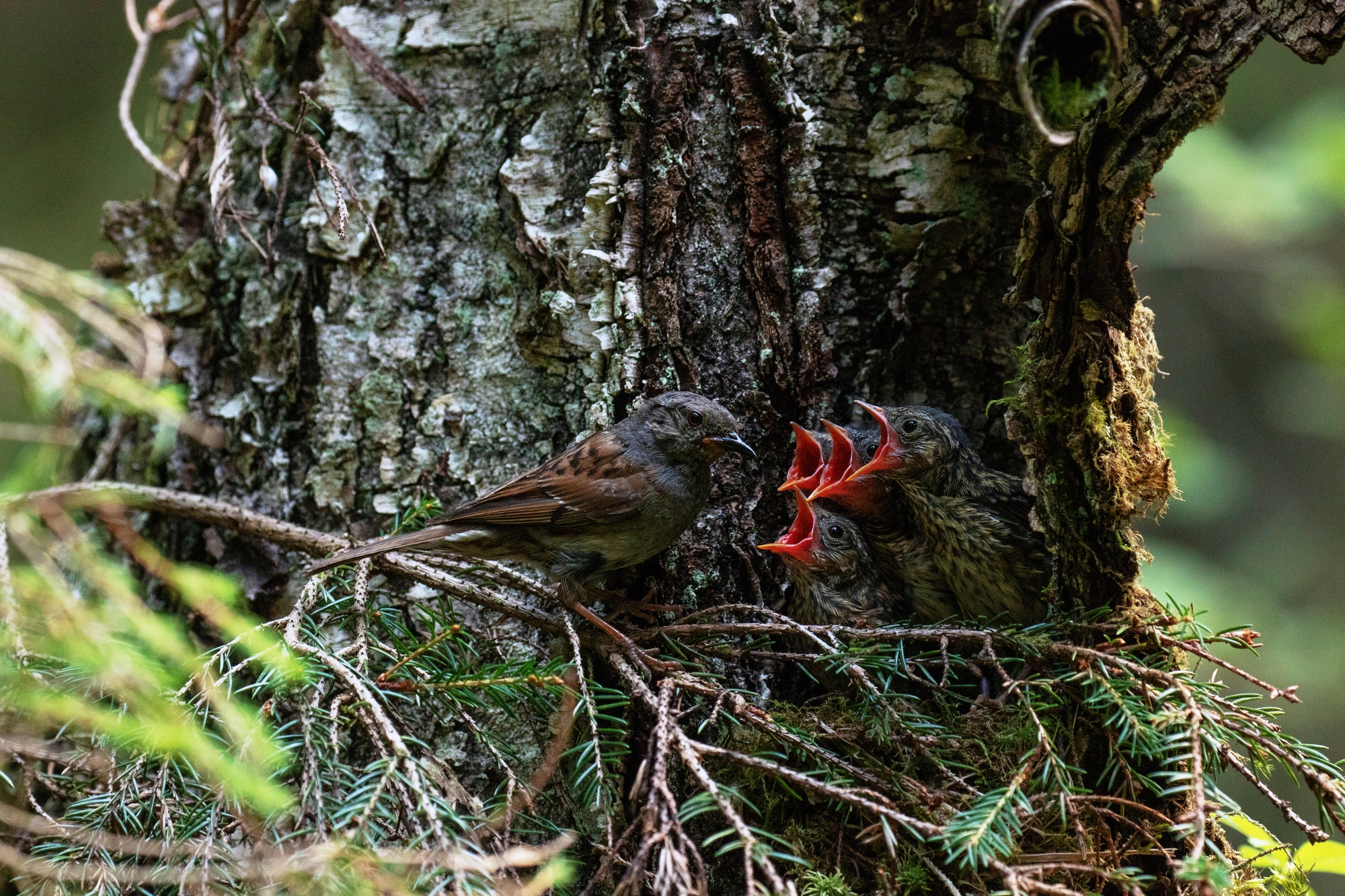
The dunnock is a small bird that can be seen feeding mainly on insects. It is the only member of the UK tit family that does not have crests. They are usually mistaken for house sparrows due to their strikingly similar appearance. In fact, it is closely related to the house sparrow, but is smaller with a longer tail and shorter wings.
Dunnocks are often seen on garden “sun-traps” – sheltered south-facing areas that are warmed by the sun. They are very territorial and will attack others if they encroach on their territory.
Chaffinch

The chaffinch is a colourful bird with pinks and blue-greys, with black and white markings on its wings. They can be seen in gardens throughout the British Isles on a regular basis. Although they are generally very shy birds when it comes to feeding, they are quite vocal, and you will hear them singing regularly throughout the year, especially during spring and summer.
The male chaffinch’s song is more complex than the song of the female chaffinch, which only has a simple twittering noise that can be heard mid-morning or late evening. The male chaffinch makes up his vocal display by singing very loudly at dawn and dusk. This behaviour helps him attract a female to mate with him, which is why he sings at these times of day. This small songbird tending to be the worst source of noise in the garden.
They are territorial but not aggressive. Their food consists mainly of insects and seeds, although they will also take fruits, vegetables and insects.
Goldcrest
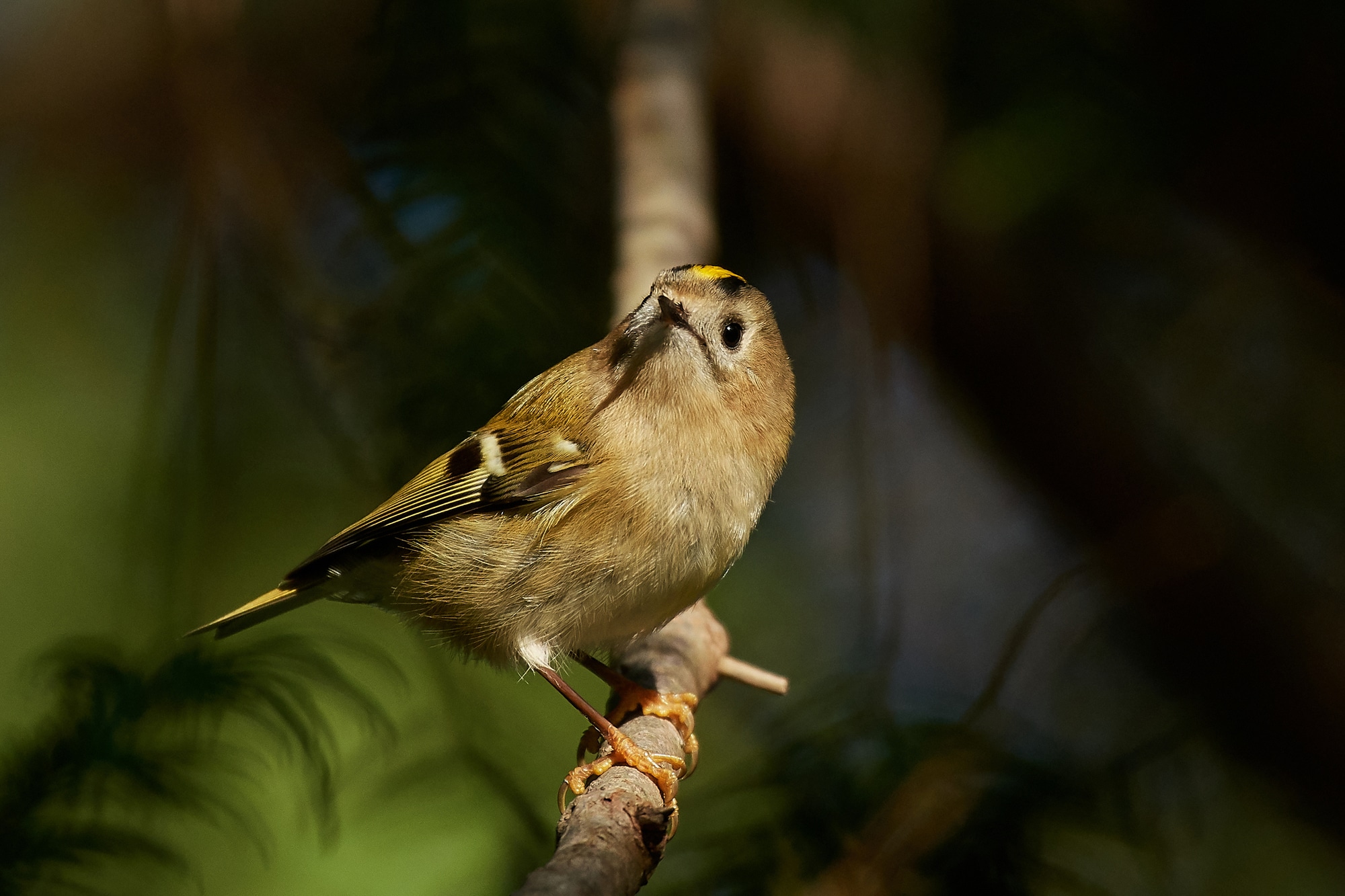
The goldcrest is a very small bird, approximately 6.5 cm in length, with short wings and a long tail. It is highly territorial, only establishing small groups when breeding to care for its young. Goldcrests are omnivores, eating fruit, spiders and aphids when they are available. They are not particularly aggressive to humans but have been known to peck at large predators such as cats in an attempt to drive them away from their territory.
The goldcrest’s song is very distinctive and can be recognised easily in the UK due to its ability to change pitch rapidly.
Sources and References
- 19 Common British Birds You Can Find In Your Garden – lovethegarden.com
- Garden Birds – lancswt.org.uk
Sam loves to learn about animals and their habitats. He has been a nature lover from a very young age, and has been writing papers and articles about wildlife for as long as he can remember.

Great article. Well ensembled and in very deep details.
Thankyou